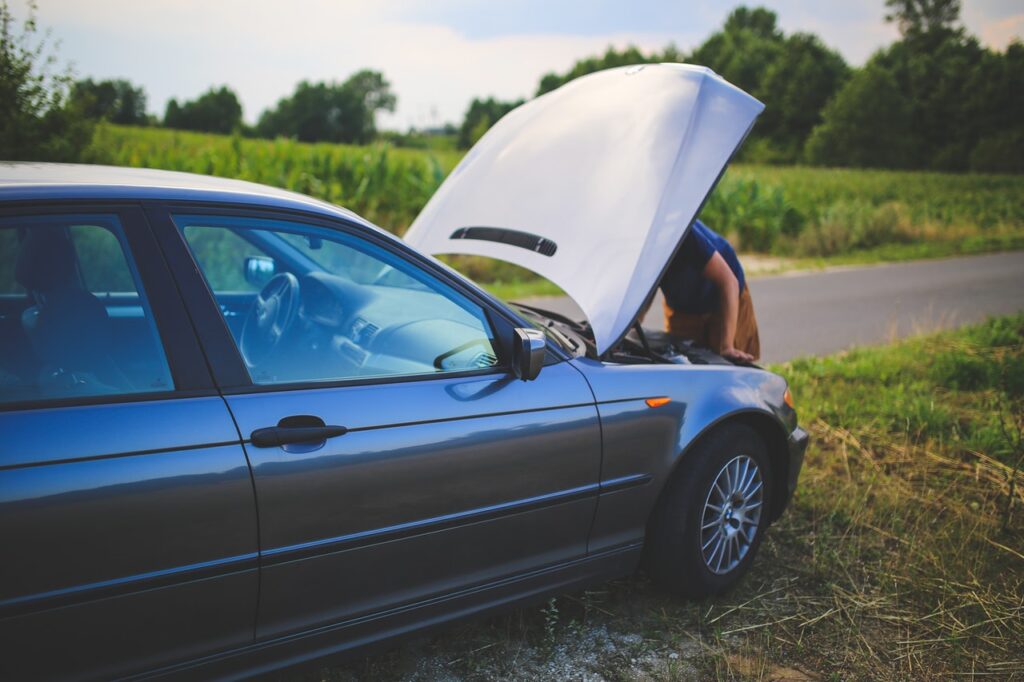8 Common Car Accidents and How to Avoid Them
Car accidents happen. And unfortunately, they often lead to serious injuries, damage, and even death.
If you’re ever in a car crash, consider hiring an experienced auto accident attorney. They can help you get the best settlement from insurance companies (and in court if necessary).
But of course, it’s best to avoid getting in a car accident altogether.
So here are the eight most common car accidents, how they happen, and what you can do to prevent them:
- Head-on collisions
Head-on collisions occur when the front of your car hits another vehicle or object. According to the Insurance Institute for Highway Safety (IIHS), head on-collisions accounted for 57% of all serious crashes in 2019. And it’s easy to see why.
When a head-on collision involves two cars coming at each other, the crash is many times more fatal because of the combined force of both vehicles.
Common causes for head-on collisions include slippery roads, negligent driving, and distractions. So to avoid them, drive slower and stay alert.

- Sideswipe collisions
A sideswipe collision refers to when two side-by-side vehicles hit each other. This usually happens when driving too close to another car in a parallel lane.
But don’t think sideswipes are always minor accidents as they could cause you to lose control of your vehicle and swerve into other traffic.
To avoid a sideswipe collision, always check your blind spots before changing lanes, merging, or passing. And stay alert for other drivers who may not do the same. It also helps to have a lane-keeping system that alerts you when you veer too much.
- T-bone accidents
T-bone accidents are crashes in which one vehicle hits another at a perpendicular angle, forming a “T.” They often occur at intersections when someone runs a red light, there’s confusion about who has right of way, or a driver’s simply not paying attention.
T-bone accidents are some of the most dangerous because the side of your car offers little protection against an oncoming vehicle.
To prevent t-bone crashes, always look both ways at intersections, whether there’s a stop sign or traffic light. And never try to speed through a yellow light.
- Rear-end collisions
Rear-end collisions happen when a vehicle hits another from behind. These are especially dangerous because the jerking movement can cause serious injury to the neck and back.
Common causes of rear-end collisions include tailgating, driving too fast or aggressively, and getting distracted. So leave plenty of distance between you and the car ahead of you, slow down, and stay alert.
- Parking lot collisions
Parking lot collisions are relatively low impact. They usually happen as someone is backing out of a tight parking space or when multiple cars are maneuvering the lot at once.
To avoid parking lot accidents, drive extra carefully and always check your blind spots to make sure you’re not in anybody’s way.
- Rollover accidents
A rollover accident happens when a vehicle flips over once or multiple times. They are incredibly dangerous both for those inside the vehicle and other drivers outside because there is little time to react.
Plus, getting flipped could cause the car to spill flammable gasoline or eject the driver and passengers, both of which could cause more damage and injury.
To prevent rollover accidents, never jerk the steering wheel too hard (especially when driving fast). Rollover accidents often happen from dozing off or getting distracted and then overcorrecting too quickly.
- Single-vehicle crashes
Single-vehicle crashes are accidents that involve only one vehicle. Sometimes they are caused by driver negligence. But other times, they are caused by poor weather conditions, obstacles on the road, or a mechanical failure.
The best thing you can do to prevent single-vehicle crashes is to drive slowly and defensively.
- Multi-vehicle accidents
Lastly, multi-vehicle accidents are those that involve three or more vehicles. These can be catastrophic as they often lead to pileups.
Multi-vehicle accidents can be caused by one driver, many drivers, or none at all. The key is to stay vigilant and avoid anything that looks like a risky situation.
Adding it all up
Now that you know the most common types of car accidents, you’re better prepared to avoid them. Remember that safe driving starts with you. So always drive defensively and wear a seatbelt. You won’t regret it.
